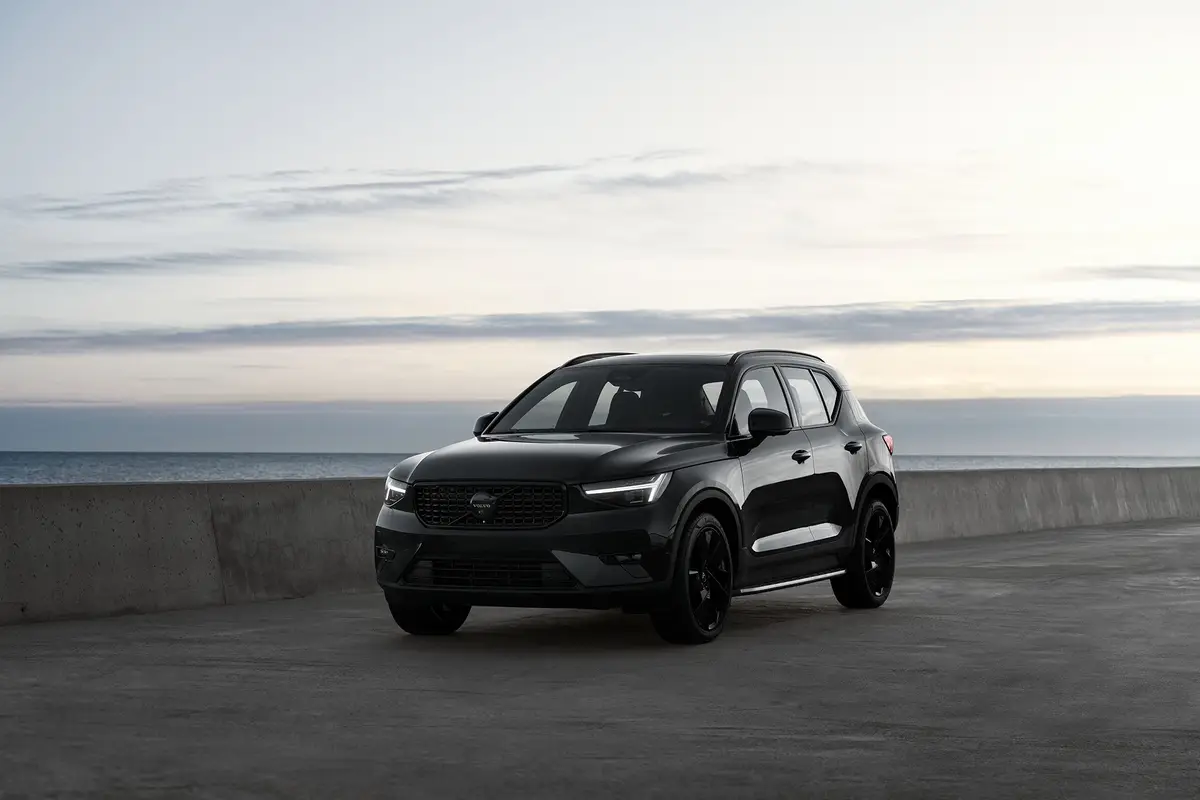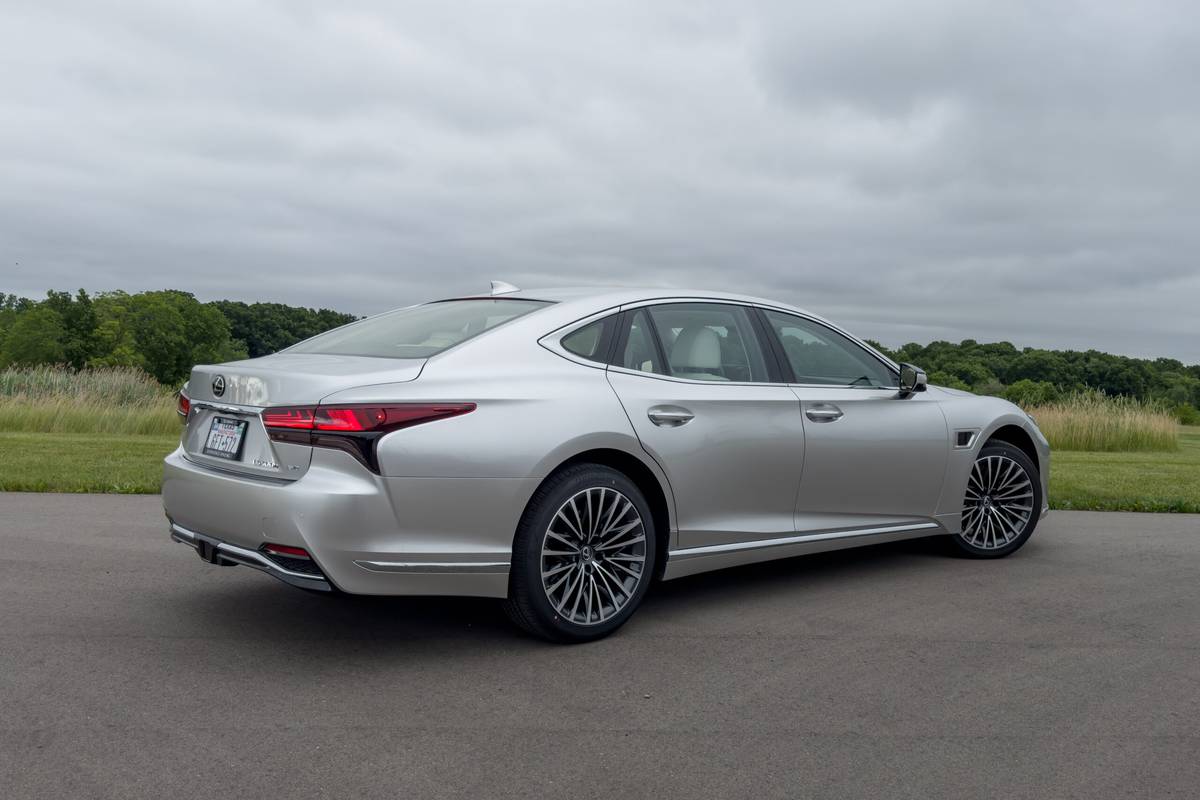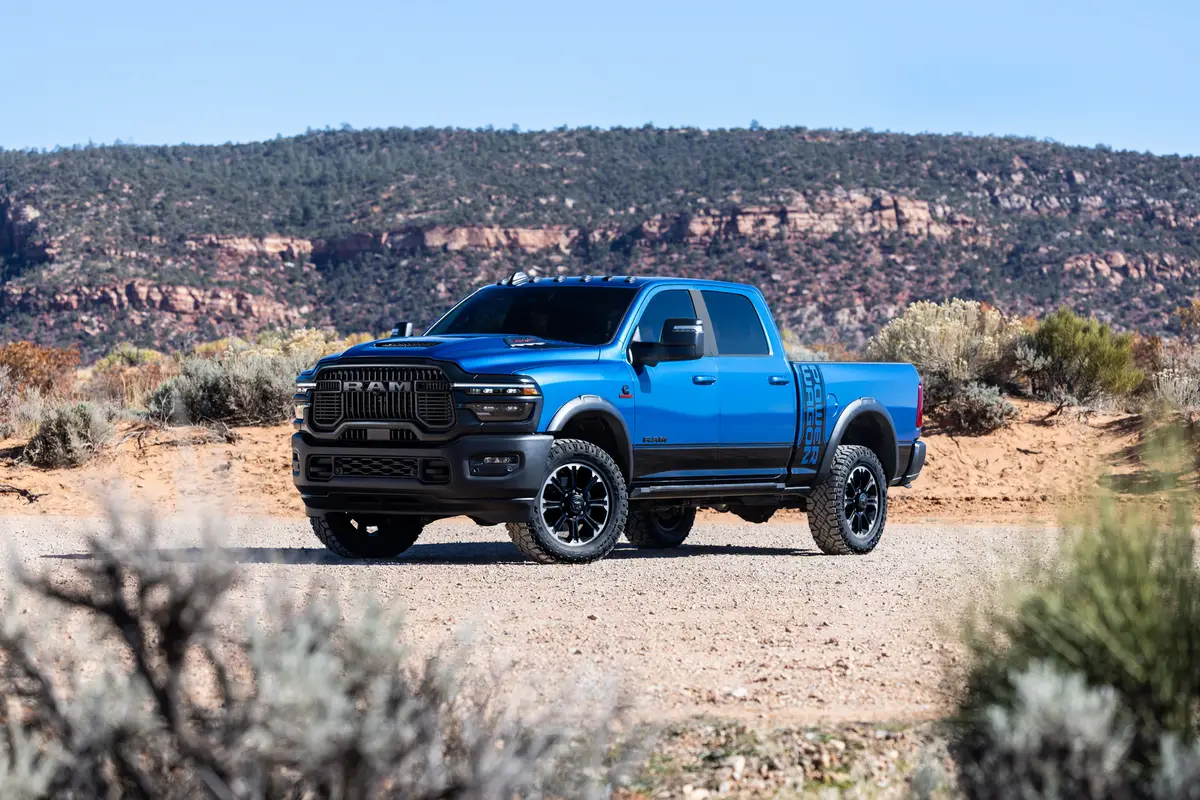washingtonpost.com's view
News from the front lines of the small-car wars: Toyota Motor Corp. is staying in the fight.
Toyota, Japan’s biggest automaker, has launched a counteroffensive with an all-new 2003 Corolla that promises to halt the rapid advance of South Korean companies in the struggle for the American small-car dollar.
At stake are more than increased sales of low-budget, low-profit vehicles. Small cars are the lures used by auto manufacturers to hook new generations of buyers for all of their products. The winner of that contest has a better chance of building and maintaining market share for the future.
For 15 years, the Koreans, led by Hyundai Motor Co., have been trying to do to the Japanese in the United States what the Japanese did to the Americans. They are working to take over the small-car market, move into larger and more expensive models, and establish a permanent market presence, replete with U.S.-based suppliers and assembly plants.
In the late 1980s, when the Koreans had poor product quality, they competed on price. The Koreans substantially improved product quality and styling by the mid-1990s, but they continued to hammer their Japanese rivals on price. By 2001, the Koreans were beginning to affect the U.S. market strategies of Japanese automakers, such as Mazda Motor Co., which vowed to vacate the lowest end of the car business and leave it to the Koreans.
Japan’s Honda Motor Co. had already moved upscale with smart revisions of its venerable Civic. Subaru and Mitsubishi chose the same path with commendable reworks of models such as the Subaru Impreza and the introduction of the youth-appeal Mitsubishi Lancer. But Toyota seemed more interested in beefing up its bigger cars, the mid-size Camry and the full-size Avalon. The Corolla was left to run on its reputation — a good, solid but relatively pricey small car that was as boring as the unedited transcript of a congressional hearing.
The combination of the Corolla’s boredom and pricing even gave an American manufacturer, Ford Motor Co., a chance to reenter the small-car fight. Ford brought forth its initially attractive Focus. But the little Ford’s luster was tarnished by a spate of embarrassing product recalls that made the Koreans look good.
Now, Toyota is back in force. The new Corolla is bigger, more comfortable and better appointed than its predecessors. It’s also something that Corollas have never been — pretty, and fun.
Price remains a problem, especially when it comes to options, and that’s no small thing in a cheap-gasoline America where consumers believe that big cars deserve big bucks, small cars deserve substantially less, and all cars, regardless of their size or design intent, need more cylinders and horsepower.
But Toyota has added so much content to the new Corolla, it might be able to sidestep the land mines in the pricing battles. For example, air conditioning and power side-view mirrors are standard on all new Corollas including the base CE, the “sporty” S — this week’s test car — and the upscale LE. The Corolla S and LE models come with standard power door locks. All Corollas share the same 130-horsepower engine, which means the S is sporty in imagination only.
The S comes with cosmetic touches — integrated fog lamps, rear-deck spoiler and a black-on-white gauge package. But few of the 25 million Corollas sold worldwide since the car’s 1966 introduction in Japan went to racetrack drivers. Corolla buyers are practical people. They want quality, reliability and overall operating economy. With the new Corolla, they get those things and more. They now get a car with a little bit of soul. Advantage: Toyota.
Latest news



